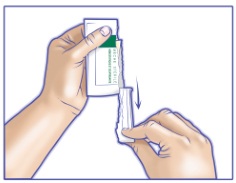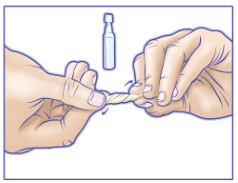Why Does My Child Have Nosebleeds?
Nosebleeds (epistaxis) are very common in children aged 3 to 10 years old. They can look scary, however they are usually not serious. In this article, we explain how to stop your child’s nosebleed effectively and, in addition, when to seek medical attention.
The most frequent causes of nosebleeds in children include:
Nose picking
Nose blowing or sneezing
Dry and cold air
Allergy medications
Trauma to the nose
How to Stop the Nosebleed?
Firstly, stay calm and reassure your child.
Have your child sit upright in a chair or on your lap, and at the same time tilt the head slightly forward. Do not lean back, because this may cause blood to flow down the throat, leading to gagging, coughing, or vomiting.
Gently pinch the soft part of the nose (just below the bony ridge).
Keep pressure for about 10 minutes; if you stop too soon, bleeding may start again.
After the nosebleed, encourage your child to rest quietly for a couple of hours. Moreover, discourage nose-blowing, picking, rubbing, or rough play.
In addition to applying pressure, you may use a Stop Hémo® hemostatic swab. When in contact with blood, the swab gelifies and releases calcium ions, supporting the natural clotting process. It is simple to use at all ages:
Twist the swab and insert it into the bleeding nostril.
Apply pressure for 10 minutes.
Remove gently after 30 minutes.
If needed, moisten the swab with saline solution (NaCl 0.9%) to ease insertion.
For more information, always read the instructions for use.
Should I Call a Doctor?
Most nosebleeds can be cared for at home. Nevertheless, you should consult a doctor if your child:
Has frequent or heavy nosebleeds
May have inserted an object into the nose (e.g., marbles, beads)
Recently started taking a new medicine
Bleeds as a result of a fall or head injury
Keeps bleeding after two continuous 10-minute compressions
Appears pale, dizzy, or loses consciousness
Bleeds from both nostrils or has blood flowing into the throat
Key Points to Remember
Nosebleeds (epistaxis) are very common in children and are often caused by harmless activities.
Most nosebleeds cause only minor discomfort.
With calm first aid, nosebleeds can usually be managed at home.
Persistent or severe bleeding requires medical attention.
Sources:
Royal Children’s Hospital – Nosebleeds
For more information, read the instructions for use.
3. Should I Call a Doctor?
Most nosebleeds can be treated at home. Nevertheless, you should call a doctor if your child:
-
Has frequent or heavy nosebleeds
-
May have inserted something into the nose (such as marbles or beads)
-
Has recently started a new medication
-
Bleeds after a fall or a blow to the head
-
Continues to bleed after two continuous, uninterrupted 10-minute compressions
-
Appears pale, dizzy, or loses consciousness
-
Bleeds from both nostrils and the blood flows into the back of the throat









